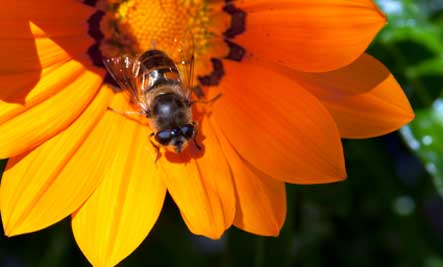
By Animal Planet
Every animal plays a special role in the web of life, but these 10 go above and beyond with their planet-saving activities.
1. Bee
Sure, their sting can be a pain in the you-know-what, but the full-time pollinating duties of bees are essential when it comes to ensuring that flowering plants, well, flower.
It’s estimated that one-third of the human food supply depends on insect pollination, with bees accounting for the majority, particularly the domesticated European honey bee. Next time you hear one buzzing by, consider delivering a round of applause is in order for all their hard work.
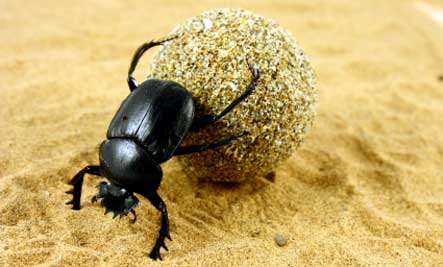
2. Dung Beetle
The name says it all — this beetle plays a crucial role in the world of agriculture by both burying and consuming feces. The process not only improves nutrient cycling and soil structure, but also serves to protect livestock by removing what could be a potential habitat for flies and other disease-carrying pests.
In fact, the American Institute of Biological Sciences reports that the U.S. cattle industry saves approximately $380 million dollars annually, all thanks to the dung beetle. It’s a dirty job, but somebody’s got to do it.
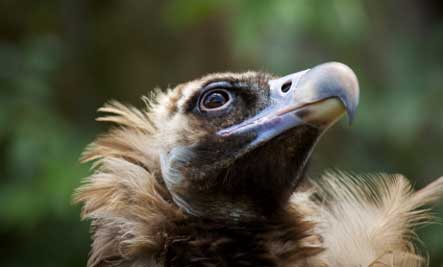
3. Vulture
The vulture could be considered nature’s garbage collector, thanks to its appetite for roadkill. Animal carcasses act as the perfect breeding grounds for bacteria and other dangers, but the vulture’s incredible resistance to botulism allows the bird to remove dead animals, keeping the environment clean of the potentially hazardous waste.
Unfortunately, both loss of habitat and illegal hunting have put these eco-friendly predators at great risk, particularly the California condor species and the European black vulture.
[ 10 Animals With Interesting Eating Habits ]
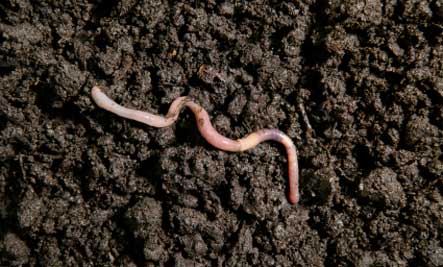
4. Earthworm
The earthworm earns its “green” stamp of approval as a result of digging large burrows underground, which allows for more water and air to pass through the soil. As they burrow, these little wigglers also ingest soil along with any plant matter in it, eventually passing it through their body above ground, where it serves as an ideal fertilizer. Waste not, want not!

5. Great White Shark
Just when you thought it was safe to go back into the water … actually, it’s already much safer than most think. Though great white attacks on humans are often played up in the media, in reality they are very few and far between, more often occurring as a case of mistaken identity (“Hey! That’s not a seal!”) than an actual penchant for human prey.
Additionally, sharks play an essential role in ocean ecosystems, helping to curb animal populations, which could bring adverse, long-term damage to the marine food chain.
[ Top Five Endangered Sharks ]

6. Lemur
These ring-tailed creatures are the eco-friendly poster children for the island of Madagascar. Similar to the African Grey Parrot, lemurs tend to dine on seasonal fruits, scattering any undigested seeds throughout their environment. The seeds then sprout, replenishing vegetation, which is extremely important for an island that’s lost over 80 percent of its original habitat due to logging and agriculture.
[ The World’s Six Most Endangered Animal Habitats ]
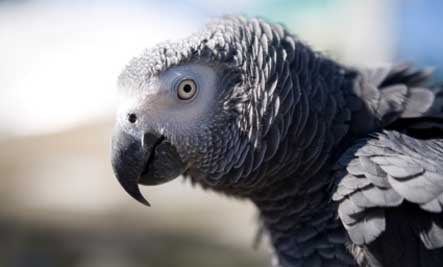
7. African Grey Parrot
Forget diamonds — this bird is the tropical forest’s best friend, as it dispenses undigested seeds across its habitat through its own guano. On top of that, some varieties also eat nectar and subsequently play an important role in the pollination of a variety of plants that live under the forest canopy.
As one of the most accomplished mimics (when raised by humans), some studies have argued that parrots, unlike most bird species, carry a keen intelligence on par with chimpanzees and dolphins.
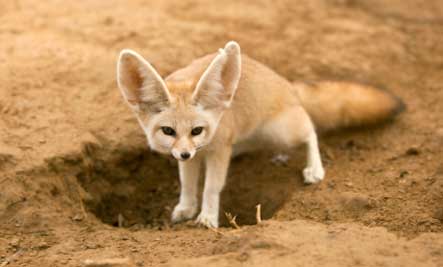
8. Fennec Fox
Fennec foxes have extraordinary hearing that helps them locate prey hiding underground, including rodents that run the risk of overpopulation, which can subsequently threaten agricultural crops.
Foxes and other small carnivores are essential for keeping the ecosystem in check, but the species is suffering from loss of habitat and also often the focus of many hunting expeditions, despite the fact they pose no threat to humans or livestock. Foxes in the Sahara Desert even help maintain water supplies, primarily because they are able to live without it.
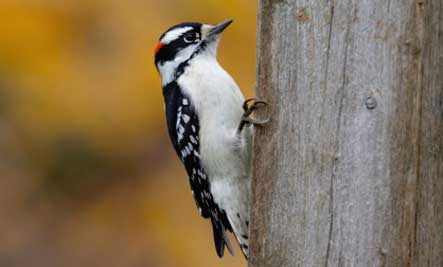
9. Woodpecker
The good news? Both the West Indian and the northern flicker woodpeckers eat many insects, particularly pesky termites, which not only helps keep the pest population under control, but the wood in your house preserved as well.
The bad news? These two species are only found in Grand Cayman. Sounds like the perfect excuse to move to a warm, tropical environment.
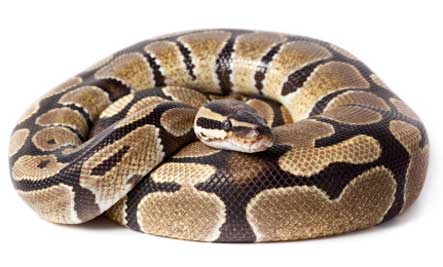
10. Ball Python
This snake gets its namesake as a result of its tendency to coil into a tight ball if threatened, with its head protected in the center of the coil. Commonly found in Africa, the species is also sometimes referred to as the royal python due to the belief that African rulers once adorned themselves with these snakes, like jewelry.
Similar to a boa, most pythons take down their prey via constriction with a taste preference for shrews, mice, and rats, which helps rein in overpopulation and its adverse effects on the environment.












0 comments:
Post a Comment